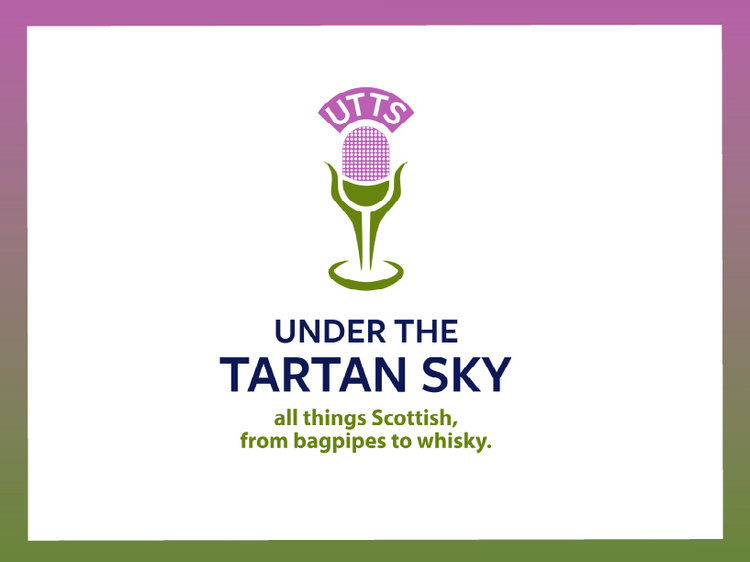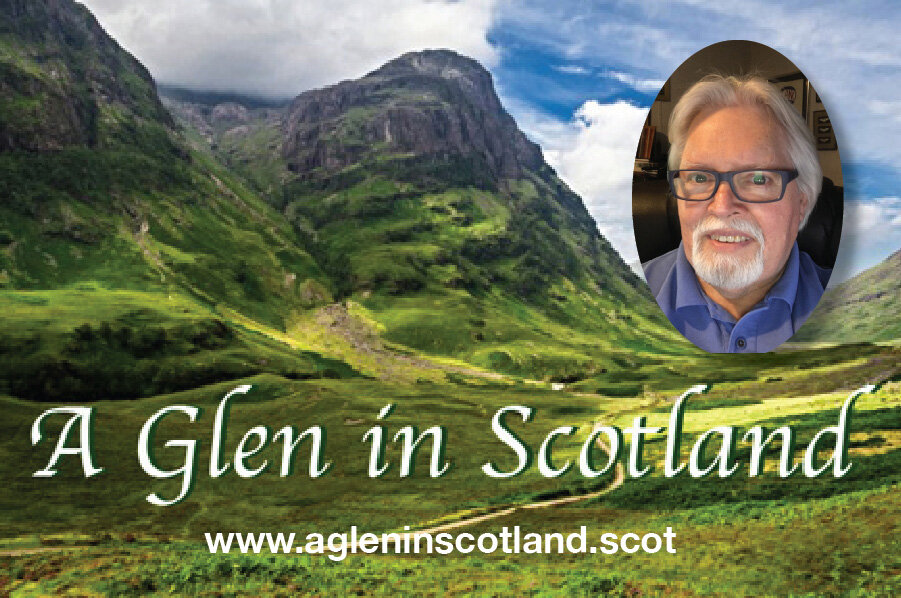Show someone a piece of tartan and they most likely will immediately conjure up an association with Scotland, more specifically a Scottish clan – even though such affiliations are a mid nineteenth century creation. Original highland tartans were associated only with regions or districts, not clans. While tartan is not of Scottish origin, the earliest known examples being traced to ancient Celtic related populations of central Europe, it is today iconically Scottish. Tartan was adopted as the national dress of Scotland in 1782 following the repeal of the Dress Act of 1746 that effectively sought to ban the wearing of tartan as a means of bringing warrior highlands clans under government control, following the last Jacobite uprising.
Originally woven of wool, today tartan can be produced in paper, plastic, and other materials, though it is still most often thought of as a fabric. Its uses as a fabric are endless – from the traditional kilt, to wedding gowns, ties, scarves, skirts, shoes, caps and just about any item of clothing you care to mention. But tartan, as a fabric is not just for fashion…
Tessa Palmer was born in the Argyll region of Scotland, grew up there and studied math at St. Andrews university, going on to work in investment banking. While at university she met her future husband, an American, and the two would marry and initially move to his hometown of Boston. Today the couple make their home in Dornoch, in the north Scottish Highlands where Tessa, true to her Scottish roots, has turned from finances to artistry - creating a vast array of unique art using tartan as a focal point. Her art is primarily geographic in nature – monotone maps or outlines of Scotland or just about any other locale you care the name with tartan providing the color, pattern, and often a personal connection to the piece for the buyer.
Her initial piece of art, a tartan map of Scotland, was born of necessity for art in her own home in Boston, and of her homesickness for Scotland. Well received, she began to offer a line of “maps,” outlines of countries and states showcasing a variety of tartans. Upon relocating to Scotland, her product line expanded to include various Scottish Isles and more recently cityscapes and iconic Scottish castles.
Palmer’s tartan art, or home decor, is geographically themed with no limit on locations worldwide, whether that be a map outline, or an iconic Scottish castle and the variety of tartans is almost endless.
Click on each image to enlarge
Palmer also accepts commissions for bespoke pieces. These can be as simple as one of her stock location maps, Scotland for instance, but using the customer’s requested family or clan or other meaningful tartan, or something of a more unique nature. For example, after having discovered Palmer’s art and having had my own bespoke tartan designed and woven, I wanted a unique way to display my individual tartan. Together we collaborated on a design to showcase my tartan and my personal mantra, “Texan by birth, Scot by ancestry.” The end result is a piece I proudly display along with a personalized weaving loom shuttle from the mill where the tartan was woven in Scotland. It is the perfect piece of conversation starting home decor.
Click on each image to enlarge
Palmer’s clientele is both worldwide and local, thus her art is sold online via her website but she also can be found at seasonal fairs and highland games in and around Inverness. She says one of the joys of her work is discovering new tartans among the countless thousands in existence. One bespoke order recently introduced her to the Macbeth tartan which she found quite colorful. Asked her favorite tartan, Palmer says there are simply too many to choose from to pick just one!
The Macbeth Modern Tartan















